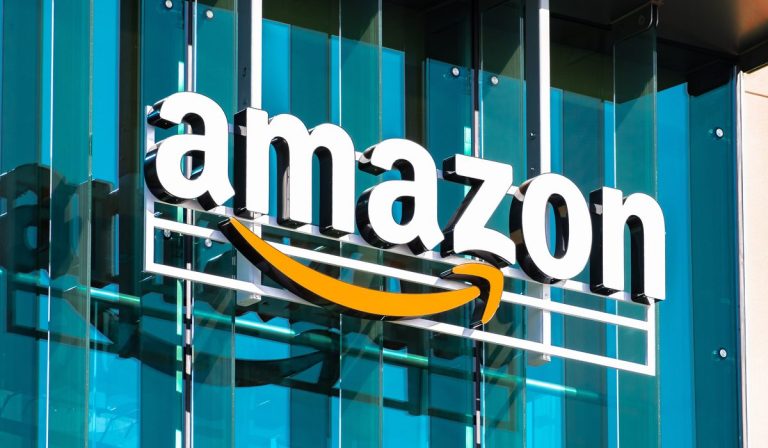
Seller and product vetting, increased automated brand protection tools, holding counterfeiters accountable for their misdeeds and educating and supporting customers are the core focus areas for Amazon when it comes to protecting its brand, its sellers and its customers.
That’s the overarching message of the retail behemoth’s second annual Brand Protection Report, according to a blog post Wednesday (June 8) by Amazon’s Dharmesh Mehta, vice president, worldwide selling partner services.
“Amazon is known for its customer obsession, and a critical part of that is earning and maintaining our customers’ trust, which is why we are so focused on creating a trustworthy shopping experience each and every day,” he said. “Today, we and our millions of selling partners — the vast majority of which are small and medium-sized businesses — serve hundreds of millions of customers worldwide.
“Our customers expect that when they purchase an item in our store, sold either by Amazon or by one of our third-party selling partners, they will receive an authentic product,” said Mehta.
Mehta noted that Amazon invested more than $900 million and hired more than 12,000 people last year, including machine learning scientists, software developers and investigators, in order to protect customers and vendors from counterfeit, fraud and other forms of abuse.
Amazon worked with rights owners and law enforcement to prevent more than 2.5 million attempts to create new seller accounts last year, down from 6 million attempts in 2020, Mehta said.
Amazon’s Counterfeit Crimes Unit (CCU) sued or referred for investigation more than 600 merchants in the U.S., U.K., EU and China in 2021, an increase of 300% from the previous year. The CCU also identified and disposed of more than 3 million counterfeit products.
More like this: FTC: Scammers Stole $27M From Amazon Customers
Last October, the Federal Trade Commission reported that scammers had stolen about $27 million from Amazon customers between July 2020 and June 2021.
The FTC said reports about companies pretending to be Amazon increased fivefold in that timeframe, and about 6,000 people who reported an Amazon-related scam said they lost money, with an average median loss of $1,000.
Related: Amazon Stock Split Triggers Ramifications
On Monday (June 6), Amazon launched its 20-for-1 stock split it had announced in March, with shares trading at almost 30% less than they were at the start of the year.